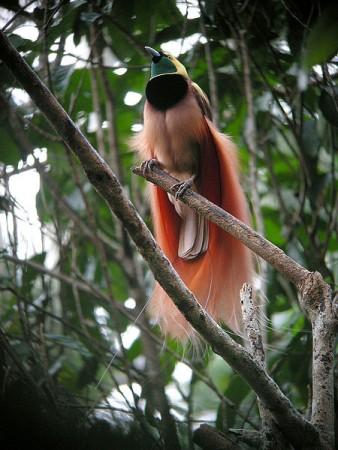
Birds are found in many varieties, some are tiny but speedy like hummingbirds while some are huge but flightless like ostrich. But according to a new study, prehistoric fossil birds were found to lack diversity.
The study was conducted by researchers at the University of Chicago and the Field Museum. In order to study the species and evolution of different types of birds in the past, scientists analyzed a set of fossil birds that dated back to the Cretaceous period, i.e around 125 million years ago. They collected fossils from a region in China, where massive volcanic activity occurred once, which eventually brought out excessive well-preserved fossils.
Although, the fossil remains were well-protected, scientists had to examine deeper in order to find out the diversity among the behavior of these birds. They built a statistical technique using modern-day birds' diet, habitat and behavior like long legs could be linked to birds that paddled through water while the bird's beak could be associated with what it ate.
"There were no swans, no swallows, no herons, nothing like that. These birds are very different from modern birds—some of them have teeth, some of them have long bony tails. Therefore, it wasn't clear if the method would translate." said Jonathan Mitchell, one of the researchers, in a news release.
"They were pretty much all between a sparrow and a crow. They were all pretty much the same. They were ground-dwelling or forest-dwelling little birds, mostly eating insects and seeds."
The researchers found that there could be a possibility of bias since some species of birds might became fossilized quite often than others. To verify this possibility, the scientists evaluated very recent bird fossils with the modern-day bird populations. What they found is that the fossilized birds were less diverse. Moreover, the fossils were biased towards larger birds, and those that lived in water.
"In a broader sense, I think that our research speaks to an understanding of how groups of organisms, which are perhaps dominant today in modern ecosystems, get to that point," said Makovicky, co-author, associate curator of paleontology and chair of the Field Museum's department of geology.
The findings are published in the journal Proceedings of the Royal Society B.












